Discovering the world of coffee can be an exciting journey, especially when you dive into the art of cupping. If you’re new to this concept, you might be wondering, “What is cupping, and why is it important?” Cupping is not just a method for tasting coffee; it’s a way to explore the intricate flavors and aromas that different beans offer. By learning the basics, you’ll enhance your appreciation for every cup you brew.
As you embark on this adventure, you’ll discover how to choose high-quality coffee beans. The origin of the beans plays a crucial role in their flavor profile, and knowing how to identify quality can transform your coffee experience. With the right knowledge, you can select beans that resonate with your taste preferences, making each sip a delight.
Roasting techniques also hold the key to unlocking the full potential of your coffee. Different roasting levels can dramatically affect the taste, and understanding this can help you make informed choices when preparing your brew. Whether you prefer a light, fruity flavor or a deep, rich profile, knowing how roasting impacts your coffee is essential.
Lastly, mastering extraction methods and proper storage techniques will elevate your coffee game further. From pour-over to French press, each method brings out unique characteristics in your coffee. Plus, knowing how to store your beans will ensure that they stay fresh and flavorful for longer. So, let’s delve into the fascinating world of coffee cupping together!
- Learn the basics of cupping and its significance in coffee tasting
- Discover how to select quality coffee beans based on origin
- Explore roasting techniques and extraction methods for the best flavor
What is Cupping?
Basics of Cupping
Cupping is a fascinating technique that allows coffee enthusiasts to experience the full spectrum of flavors and aromas that coffee beans can offer. At its core, cupping is a method of tasting coffee that involves specific steps to ensure a consistent evaluation process. By grinding coffee beans to a medium-coarse consistency and steeping them in hot water for a few minutes, you create a rich brew that highlights the unique characteristics of each type of bean.
Once the coffee has steeped, the next step is to break the crust formed by the grounds. This is where the magic happens. As you break through the crust, you’ll release a burst of aromas that can range from fruity to nutty, floral to earthy. It’s a sensory experience that engages more than just your taste buds. Understanding this basic process is the first step to appreciating the art of cupping.
- Cupping involves grinding beans and steeping them in hot water.
- Breaking the crust releases a range of aromas.
- It’s a sensory experience that enhances appreciation for coffee.
Importance of Cupping
Understanding the importance of cupping can greatly enhance your coffee journey. First and foremost, cupping serves as a tool for quality control in the coffee industry. By tasting and evaluating coffee through cupping, roasters can ensure that each batch meets high standards, preserving the integrity of the flavors that coffee lovers expect. It’s not just a professional practice; home brewers can benefit from this technique too.
Moreover, cupping allows you to explore different coffee profiles and expand your palate. By participating in cupping sessions, you can compare various beans side by side, noting the subtle differences in flavor. This practice encourages you to be more discerning when selecting coffee, ultimately leading to a more enjoyable brewing experience at home. Additionally, it opens up a world of coffee knowledge, allowing you to understand the impact of factors such as origin, processing methods, and roasting levels on flavor.
Lastly, cupping fosters a sense of community among coffee lovers. Sharing the experience of tasting and discussing coffee can lead to deeper connections with fellow enthusiasts, whether in-person at cupping events or online. Embracing this shared passion can make your coffee journey even more rewarding.
- Cupping is essential for quality control in coffee production.
- It helps expand your palate and enhances your selection process.
- Participating in cupping can build community among coffee lovers.
How to Choose Coffee Beans
Identifying Quality
Choosing the right coffee beans is crucial in your journey to brewing the perfect cup. But how do you know which beans are of high quality? There are several key factors to consider when assessing coffee beans. First, always look for freshness. Ideally, you want to select beans that have been roasted recently. Freshly roasted beans will have a more vibrant flavor and aroma compared to older beans.
Next, pay attention to the appearance of the beans. High-quality coffee beans should be uniform in size and color, without any visible defects. When you grind the beans, you should notice a rich, aromatic scent. If the aroma is faint or off, it might be a sign that the beans are not of the best quality.
Another aspect to consider is the origin of the beans. Different regions produce beans with unique flavor profiles, and understanding these differences can significantly impact your selection process. Finally, don’t hesitate to ask for recommendations from local roasters or coffee shops, as they can provide valuable insights based on their expertise.
- Look for freshly roasted beans for the best flavor.
- Check for uniformity in size and color.
- Ask local experts for their recommendations.
Differences by Origin
Exploring the origin of coffee beans can be an exciting part of your coffee journey. Each coffee-growing region imparts distinct characteristics to the beans, influenced by factors like climate, altitude, and soil composition. For example, beans from Colombia are often known for their smooth, well-balanced flavor, while Ethiopian beans can exhibit fruity and floral notes that are truly unique.
When selecting beans, it’s essential to consider what flavors you enjoy most. If you prefer a bright and acidic profile, you might gravitate towards beans from East Africa. On the other hand, if you enjoy a more full-bodied, chocolatey experience, beans from Central or South America might be your best bet.
As you continue to learn about different origins, you’ll find that each cup of coffee tells a story. By experimenting with various beans from around the world, you can expand your palate and deepen your love for coffee. This exploration of origins not only enhances your brewing experience but also connects you to the rich history and culture behind each cup.
- Different regions create unique flavor profiles.
- Colombian beans are smooth and balanced.
- East African beans can be bright and fruity.
Roasting Techniques and Tips
Types of Roasting
Understanding the various types of roasting is essential for any coffee lover looking to enhance their brewing experience. Roasting is where the magic happens, transforming green coffee beans into the aromatic, flavorful beans we cherish. There are generally three main types of roasting: light, medium, and dark. Each type brings out different characteristics in the coffee.
Light roasts are known for retaining the beans’ original flavors, often showcasing bright acidity and fruity notes. These roasts tend to have a lighter body and are perfect for those who enjoy a more delicate flavor profile. On the other hand, medium roasts strike a balance between acidity and body, offering a well-rounded flavor that appeals to many coffee drinkers.
Dark roasts, in contrast, bring out bold, rich flavors and tend to have a heavier body. The roasting process often introduces notes of chocolate or smokiness, making them popular among those who prefer a robust cup of coffee. Experimenting with these different roast types will undoubtedly help you find what you love most.
- Light roasts retain original flavors with bright acidity.
- Medium roasts offer a balanced flavor profile.
- Dark roasts provide bold, rich flavors with a heavier body.
Impact of Roast Level
The roast level of your coffee can greatly affect the overall taste and aroma of your brew. When you roast the beans, the heat causes chemical reactions that alter their flavor compounds. As the roast level increases, you’ll notice a shift in the coffee’s characteristics.
For instance, light roasts tend to emphasize the unique flavors of the bean’s origin, allowing you to appreciate the subtleties that come from different regions. This is particularly important for those who enjoy exploring diverse flavor profiles through cupping. As you move towards medium roasts, the flavors become more balanced, creating a harmonious blend of acidity and sweetness.
Dark roasts, while rich and full-bodied, may mask some of the original flavors of the beans. This is something to keep in mind if you’re interested in tasting the nuances that different beans offer. Understanding how roast levels impact flavor will empower you to make informed choices in your coffee journey.

If you’re intrigued by the different roast levels and their impact on flavor, you might also find it beneficial to explore how to select the right coffee beans for your taste. This article, What is Arabica Coffee? Discover Its Unique Charm and How to Enjoy It, delves into the unique characteristics of Arabica beans and offers insights that will enhance your coffee experience.
- Roast levels change the flavor and aroma of the coffee.
- Light roasts showcase unique origin flavors.
- Dark roasts can mask original flavors but offer richness.
Extraction Methods and Storage Techniques
Various Extraction Methods
When it comes to brewing coffee, the extraction method you choose can significantly impact the flavor and aroma in your cup. There are several popular methods, each bringing its unique characteristics to the coffee. For instance, the pour-over method allows for precise control over the water flow and extraction time, resulting in a clean and bright flavor profile. On the other hand, using a French press can yield a fuller-bodied coffee, as the grounds steep directly in the water, allowing for more oils and flavors to be extracted.
Additionally, espresso is a favorite among many coffee lovers for its rich and intense flavor. This method forces hot water through finely-ground coffee under pressure, creating a concentrated shot that serves as the base for various coffee drinks. Understanding these different extraction methods not only enhances your brewing skills but also allows you to explore the diverse flavors that coffee has to offer.
- Pour-over methods provide clean and bright flavors.
- French press yields fuller-bodied coffee.
- Espresso creates a rich and concentrated shot.
Tips for Storing Coffee
Proper storage of your coffee beans is just as crucial as the brewing method you choose. To maintain freshness, it’s essential to keep your beans in an airtight container away from light, heat, and moisture. A cool, dark place like a pantry is ideal for storing your coffee. Avoid keeping your beans in the fridge or freezer, as this can introduce moisture and affect the quality of your coffee.
Another tip is to buy coffee in smaller batches. Since coffee beans lose their flavor over time, purchasing just enough for a week or two ensures you enjoy the freshest brew possible. When you grind your beans, do it right before brewing to capture the maximum flavor and aroma. Trust me, the difference is noticeable, and it can elevate your coffee experience to a whole new level.
- Store beans in an airtight container away from light and moisture.
- Buy coffee in small batches for optimal freshness.
- Grind beans just before brewing to maximize flavor.
Summary
In our exploration of coffee, we’ve uncovered the fascinating world of cupping and its significance in enhancing our appreciation for this beloved beverage. Cupping is not just a professional practice; it’s an accessible technique that anyone can enjoy, allowing coffee lovers to discover various flavors and aromas. By engaging in cupping, you not only refine your palate but also learn how different beans, roasting techniques, and extraction methods can transform your coffee experience.
As you embark on your coffee journey, remember that choosing quality beans, understanding roasting levels, and utilizing proper extraction methods are all key to brewing the perfect cup. The art of cupping serves as a wonderful gateway into this rich world, connecting you with the broader coffee community and deepening your love for coffee.
- Cupping is a valuable technique for tasting and evaluating coffee.
- Choosing quality beans and understanding roasting methods enhances your brewing experience.
- Engaging in cupping fosters community among coffee enthusiasts.
We’d love to hear your thoughts! What has been your favorite coffee experience so far? Share your stories in the comments below!



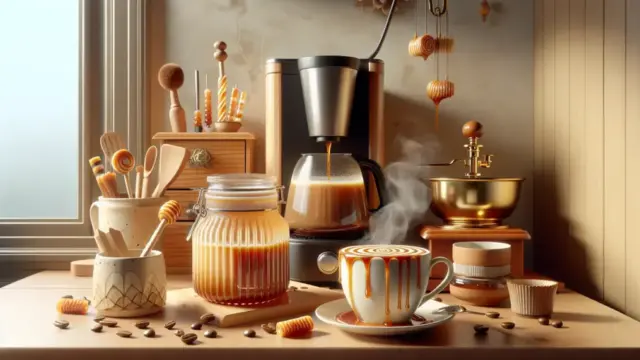


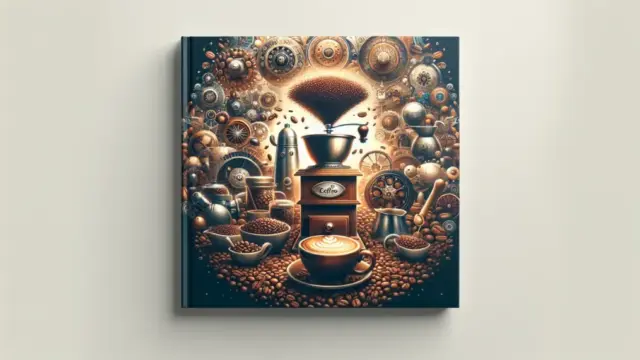









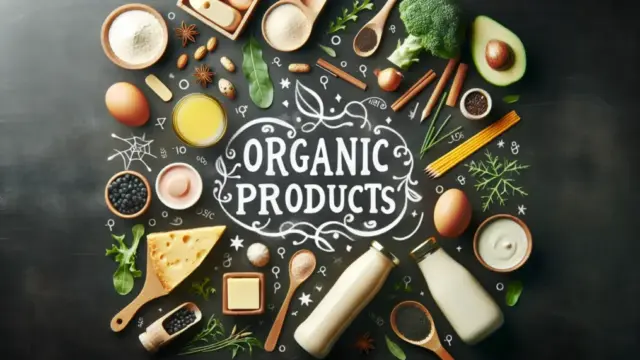






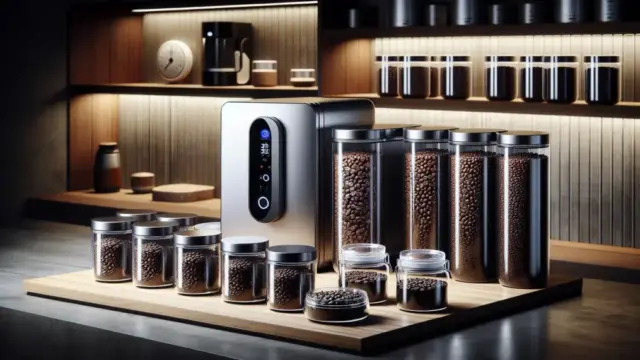

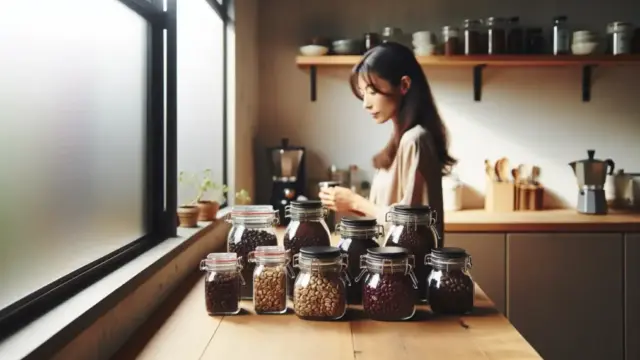


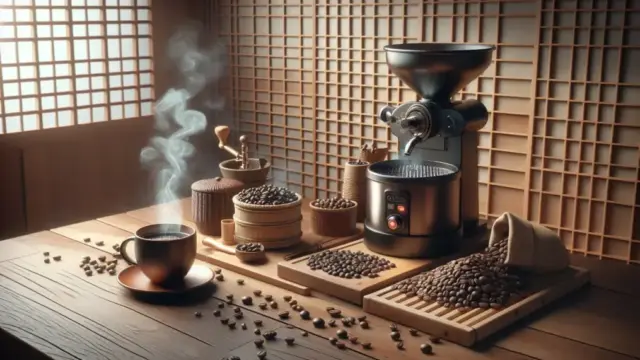


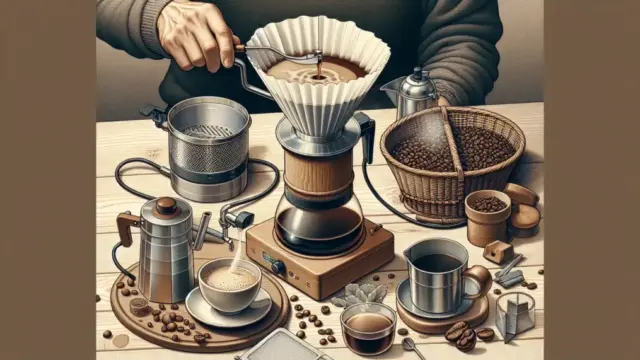






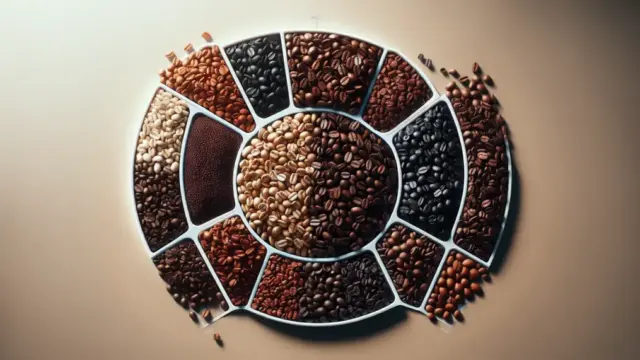













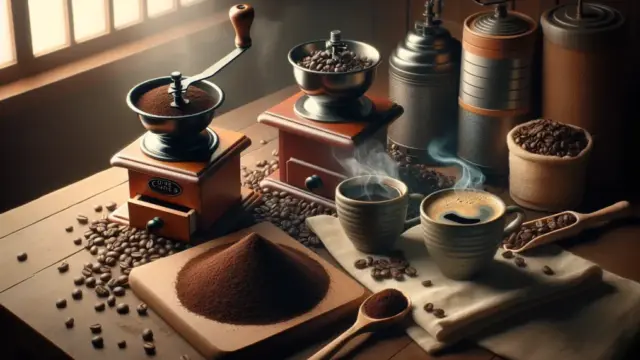


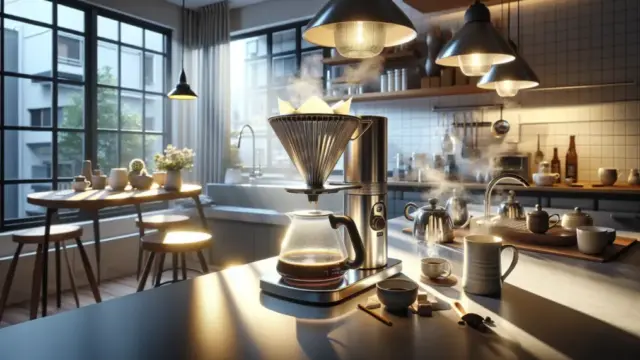



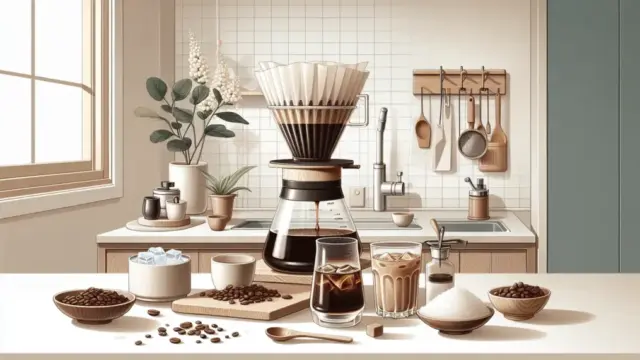




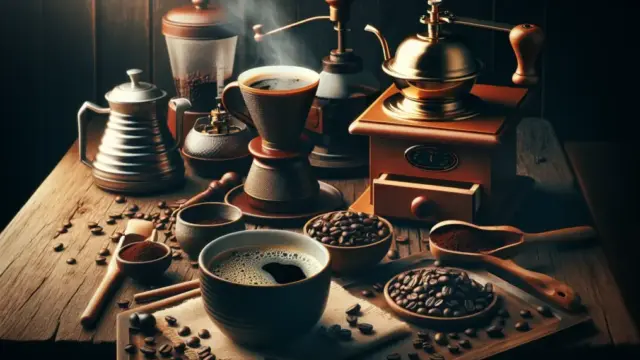





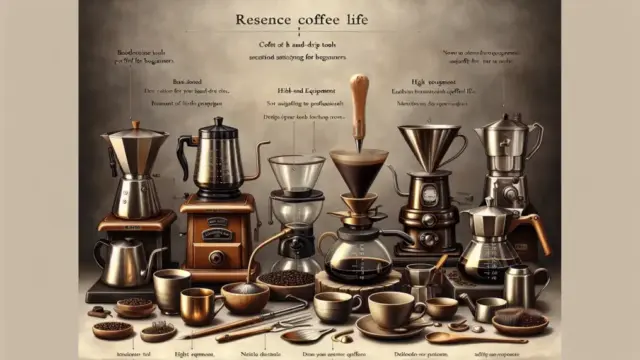

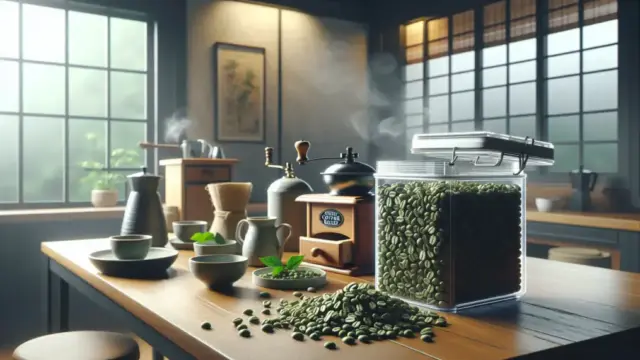


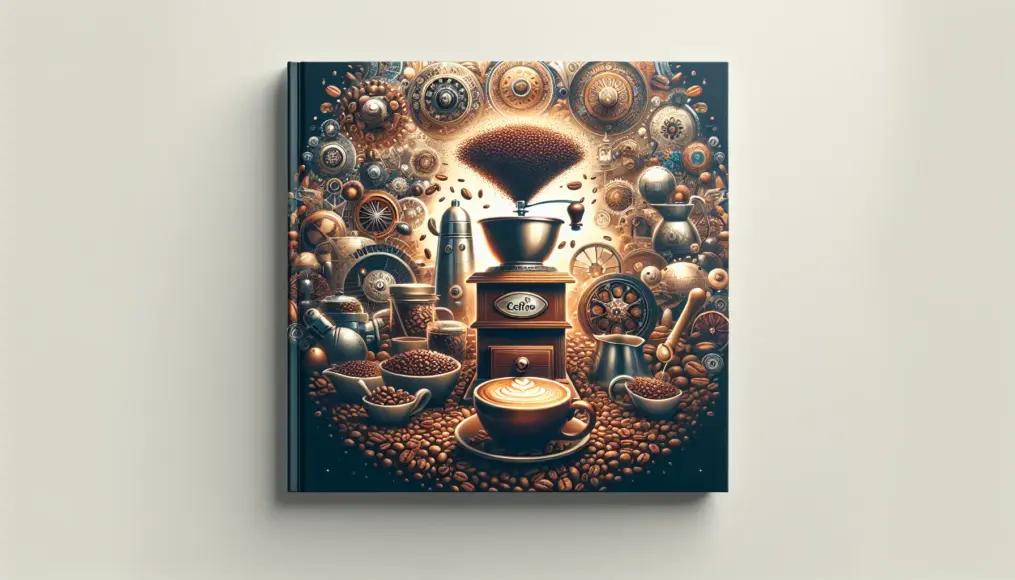


Comment